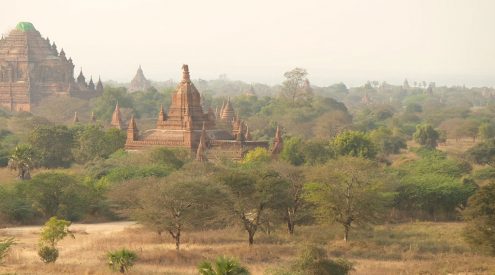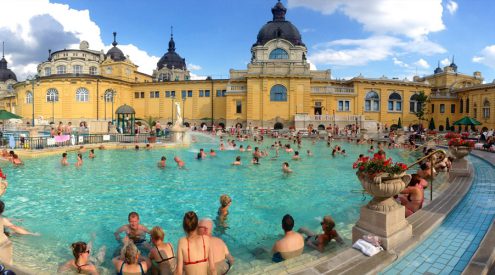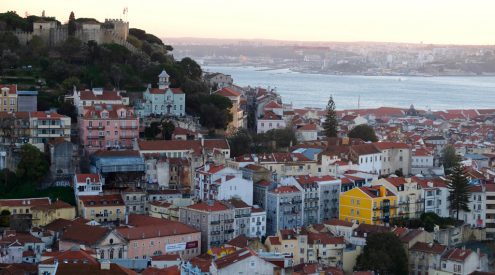Soreze
After a heavy lunch in Toulouse, it was time to head to the medieval-looking little town of Soreze, where we stayed in an abbey (which was an abbey, then a school and now a hotel), the origins of which date back to the 13th century. There is not much else to see in Soreze, besides the abbey, church and gardens, so we wandered around the cobbled streets and basked in the European sun that’s never too hot or too cold.
Castelnaudary
After a few days of relaxing in Soreze, we were ready to move on to Castelnaudary, which is claimed to be the home of cassoulet, a stew made of beans, duck and various other meats. While we were there we ate cassoulet for lunch and dinner and determined that the one at the Hotel de France came out tops. Stodgy and satisfying, cassoulet is the ultimate winter dish eaten all year round. As good as it is, it’s extremely fatty, so I won’t be having much more of it any time soon.
As it was a weekend, everything in Castelnaudary was closed, so we spent most of our time riding bikes along the Canal du Midi, happily watching the barges cram into the locks and helping sunburned tourists secure their ropes so they don’t crash into one another.
For us, Castelnaudary was all about food, wine and the cool breeze along the canal. It was restful – precisely what we imagined the French leg of our trip to be about.
Carcassonne
And then on it was to Carcassonne, where we stayed for one night in a crummy hotel in the city centre and two in a beautiful B&B, Aux Anges Gardiens, outside of the city where we feasted on homemade jams and fresh bread for breakfast.
Carcassonne is rather touristy, understandably, as it is famous for it’s fortified city which is also a World Heritage Site. The Romans first fortified the hilltop of Carcassonne in 100 BC and since then, it has had a turbulent history of numerous occupations, each one adding to the fortifications until it became virtually impenetrable.
The city is now filled with restaurants, souvenir shops and countless tourists. It is a must-see in France, but you wouldn’t want to spend too long there. Although entrance to the city is free, I recommend not spending too much time on the ground floor and rather paying for a ticket to explore the walls of the city, which are not only far less crowded, but provide a scene of the fortified city below as well as a magnificent view of city beyond the walls.
The rest of the time in Carcassonne was spent cycling through the neighbouring farmlands and down to the canal, allowing for as little contact with the crowds as possible. This was our last stop in France before travelling up to Switzerland, where I am now- sitting in the garden of our B&B that overlooks the entire Lake Léman. But more on Switzerland later …
Click here to read more adventures from Europe.


















